Facial Contouring Surgery

before
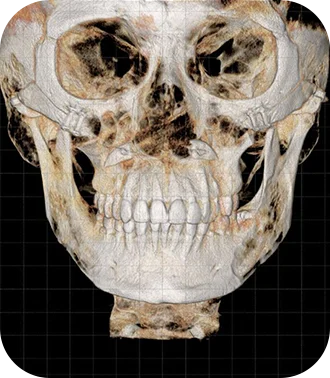
after

before
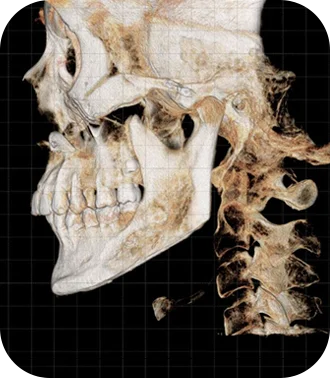
after
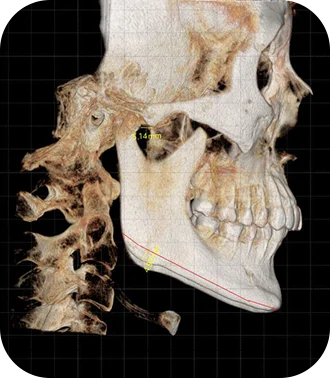
before
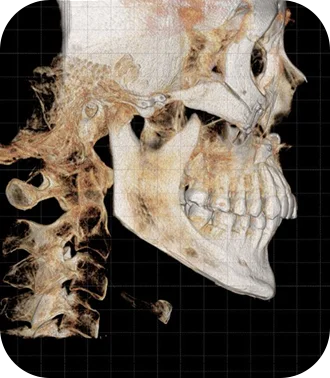
after
Paranasal Augmentation
with Autologous Bone Graft
square jaw surgery or cheekbone surgery is refined
and grafted into the depressed “noble” area to restore volume.
Because autologous bone is used, there is no foreign body reaction
and the integrated bone can be maintained permanently.
The key of autologous bone graft augmentation surgery is that
by using a safe graft material, a natural appearance can be maintained over a long period.
Proven Safety
Natural Contour
Long-term
Durability
345 Youtube
Watch the Video on
Autologous Bone Graft Augmentation Surgery
Learn how autologous bone can be used to naturally augment the paranasal area after facial contouring.
345 YouTube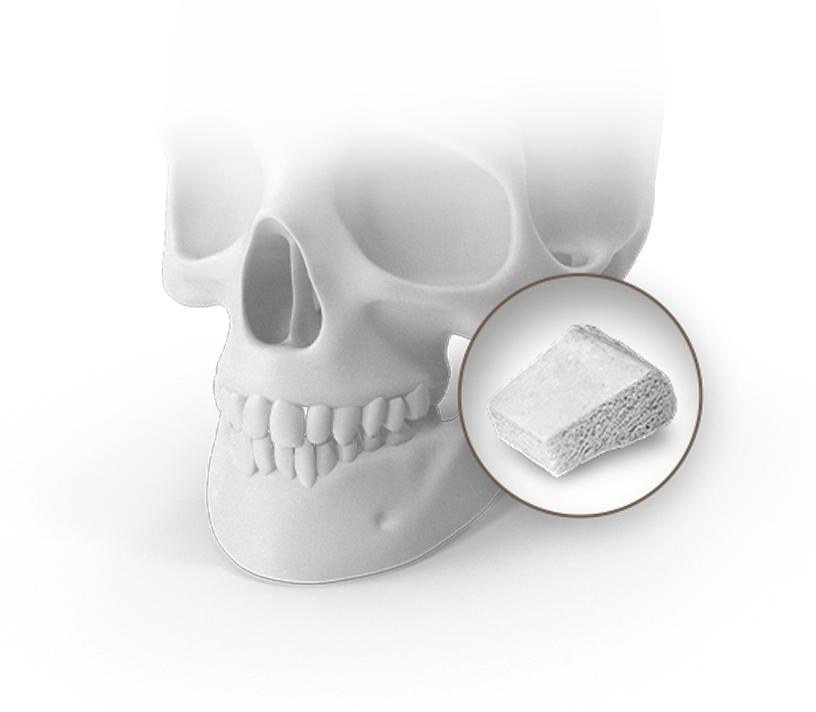
Safely with Autologous Bone
Facial contouring surgery is performed safely using autologous bone as the graft material.
First, Dual Procedures Simultaneously
Both facial contouring and paranasal augmentation surgery can be performed at the same time.
Second, Natural Graft Integration
Since autologous bone is used, there is minimal foreign body rejection and the bone integrates naturally.
Third, A Youthful, Attractive Face
Facial contouring enhances definition, while paranasal augmentation restores midface volume for a youthful, balanced profile.
Proceeded with contour surgery
Through precise planning, the procedure can be performed in conjunction with facial contouring surgery.
about the nasolabial folds alongside the nose,
facial contouring is used to enhance the overall image,
and the autologous bone obtained from the contouring
procedure is grafted into areas with volume deficiency.
At 345 Plastic Surgery Clinic, the surgery is planned
meticulously considering the entire facial image.

Before and After Photos of
Paranasal Augmentation with Autologous Bone




More physiologic surgery with less complications
More physiologic surgery with less complications
because autologous bone is used, this surgery has fewer side effects.
Also, using autologous bone results in fewer side effects compared to other procedures.
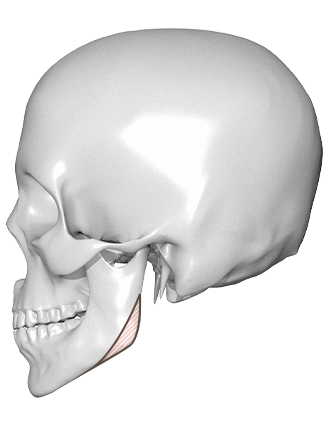
STEP 01
Resection of the Body of
the Square Jaw or Cheekbone
Using a long curved osteotomy, the square jaw is resected to create a slim appearance. Alternatively, resection of the body of the cheekbone is performed for cheekbone reduction.

STEP 02
Shaping the Bone
for the Paranasal Area
The resected square jaw bone is refined to suit the paranasal area.

STEP 03
Grafting the Bone into
the Paranasal Area
The refined bone is precisely placed into the paranasal area to prevent bone resorption.

STEP 04
Fixation with Pins
The area where the bone has been grafted is stabilized using fixation pins.
Paranasal Augmentation with
Autologous Bone Info
A Quick Overview of
Paranasal Augmentation with Autologous Bone
Check out information on autologous bone graft augmentation surgery with minimal side effects.

Surgery Time
30 minutes

Anesthesia
General Anesthesia
Hospital Stay
1 day
Follow-Up Visit
1 visit
(suture removal at 2 weeks)
Recovery
Daily activities possible after 2–3 days
Recommended target
Recommended for
these individuals
Are you concerned about surgery?
Feel free to inquire!
01
First, Sunken Face
When the paranasal area is sunken
02
Second, Lateral Facial Volume
When the mid-face appears sunken from the side
03
Third, Natural Surgery
If you desire paranasal augmentation but do not want silicone or filler injections
04
Fourth, Natural Improvement
For those who want both a smaller face and natural facial volume simultaneously
Frequently Asked Questions
About Facial Contouring
When can the screws be removed after facial contouring surgery?
There is no fixed rule for removing the screws. However, after a long period post-surgery, bone may cover the screws or plates, making removal more difficult. It is best to remove the screws (plates) after the bone has fully healed, before any bone buildup or secondary changes occur. While removal is possible starting from 6 months post surgery, our clinic typically recommend waiting around 1 year post surgery for screw removal.
Will cheek sagging always occur after cheekbone reduction surgery?
Generally, when undergoing bone surgery, the reduction in bone structure causes the surrounding tissue to shrink accordingly. The time (recovery period) and degree of this shrinkage can vary depending on the individual. If a significant amount of bone is removed due to highly developed cheekbones, or if there is already sagging skin, the outcome may differ. However, it cannot be said that cheek sagging will definitely occur just from cheekbone reduction surgery.
During consultations, it is possible to predict the extent of sagging, and it is advisable to plan the surgery based on the current condition. At our clinic, if sagging is expected, we often combine the surgery with a lifting procedure, referred to as “Cheek Lifting,” (Zygoma) to address this concern.
Can I undergo orthodontic treatment after facial contouring surgery?
Orthodontic treatment can generally begin about 1 month after facial contouring surgery without any issues. During the first month post-surgery, you are in the recovery phase, and actions like opening your mouth or chewing may be uncomfortable and different from before the surgery, so caution is necessary.
Additionally, surgeries such as cortical bone removal or masseter muscle reduction may be performed simultaneously, causing the surgical areas to become tightly healed. As a result, opening the mouth may not feel as natural. If you are considering orthodontics, it’s recommended to first go through the recovery process for about a month. Since recovery times vary among individuals, it’s important to consult with an orthodontist to determine if you can proceed with treatment based on your current condition.
Why is there a loss of sensation after cheekbone surgery?
There is one important nerve to be cautious of during cheekbone surgery—the infraorbital nerve, which is responsible for sensation in the front cheekbones, lips, and gums. Depending on the dissection area, the nerve may be slightly stretched, which can lead to a temporary decrease in sensation in the affected area.
However, as long as the nerve is not cut or severely damaged during the surgery, sensation will gradually return over time, so there is no need to worry.